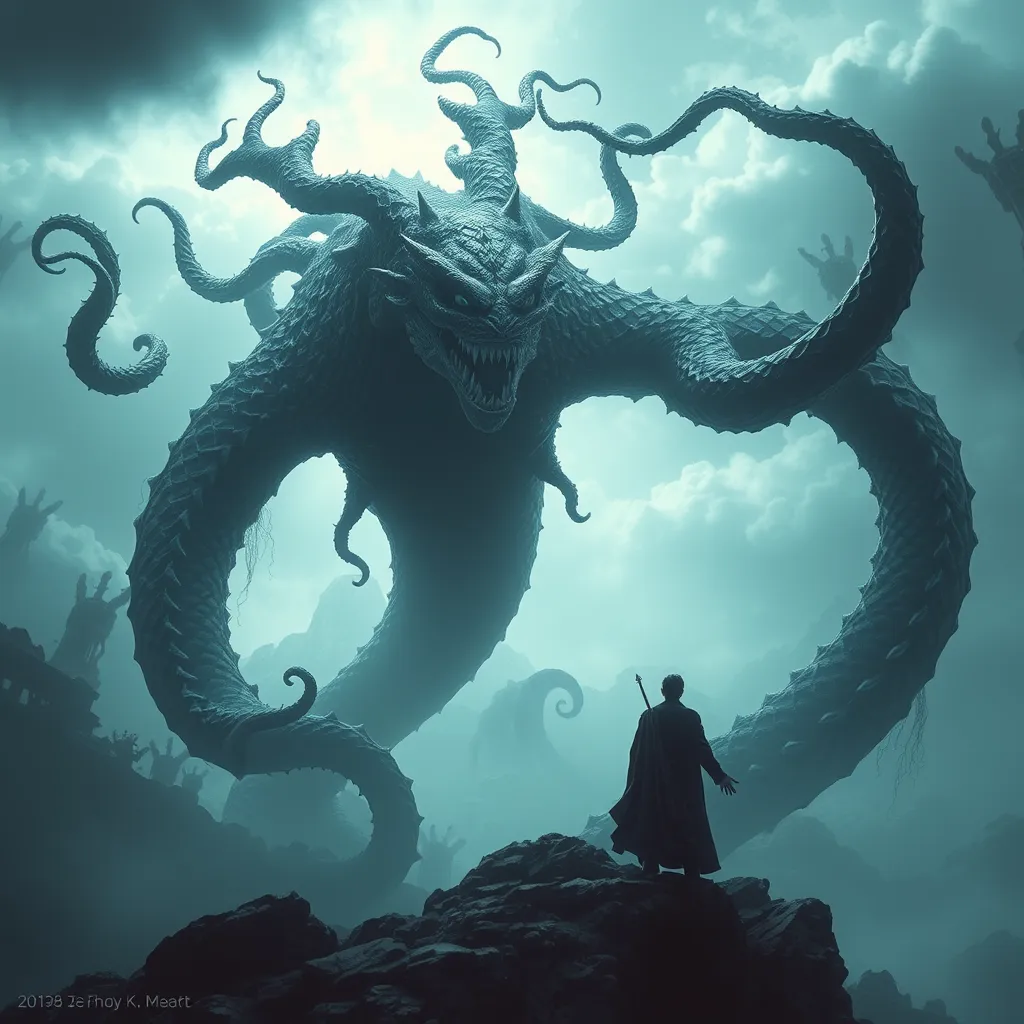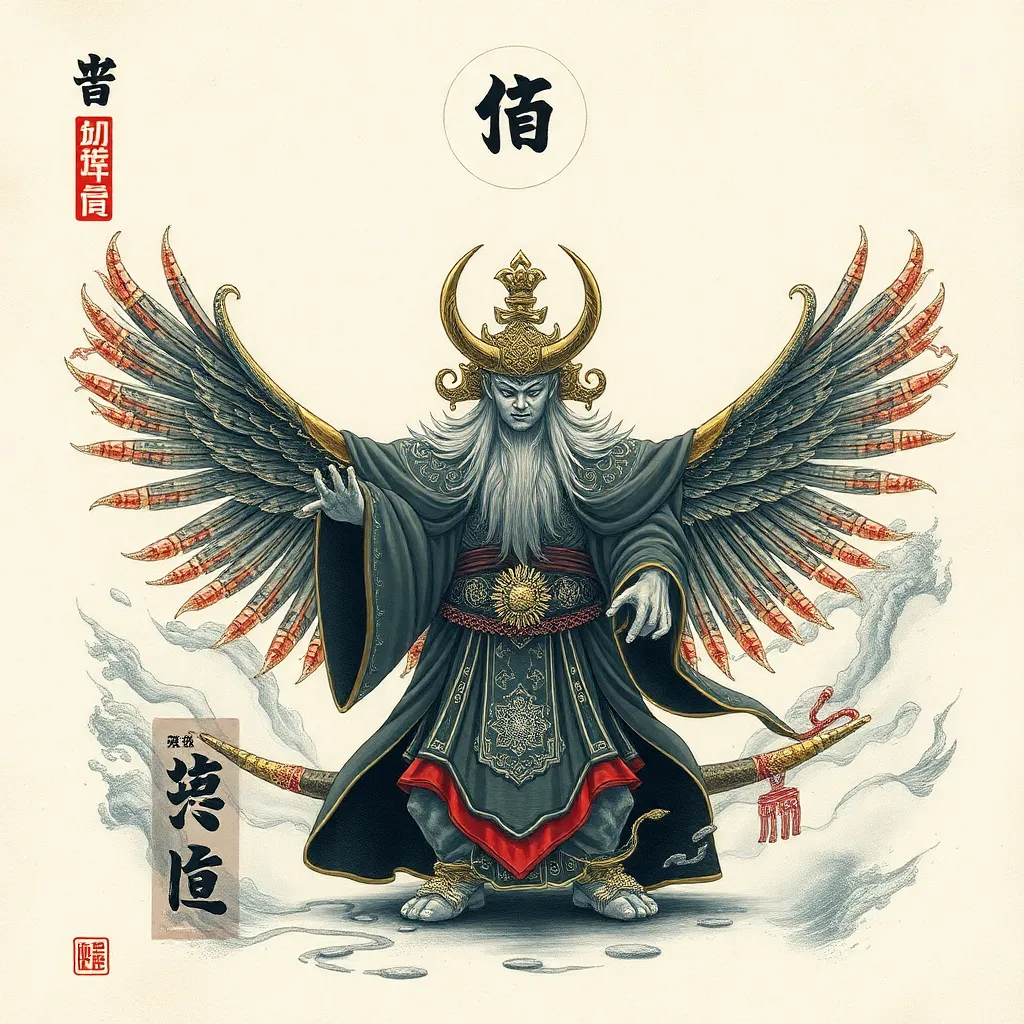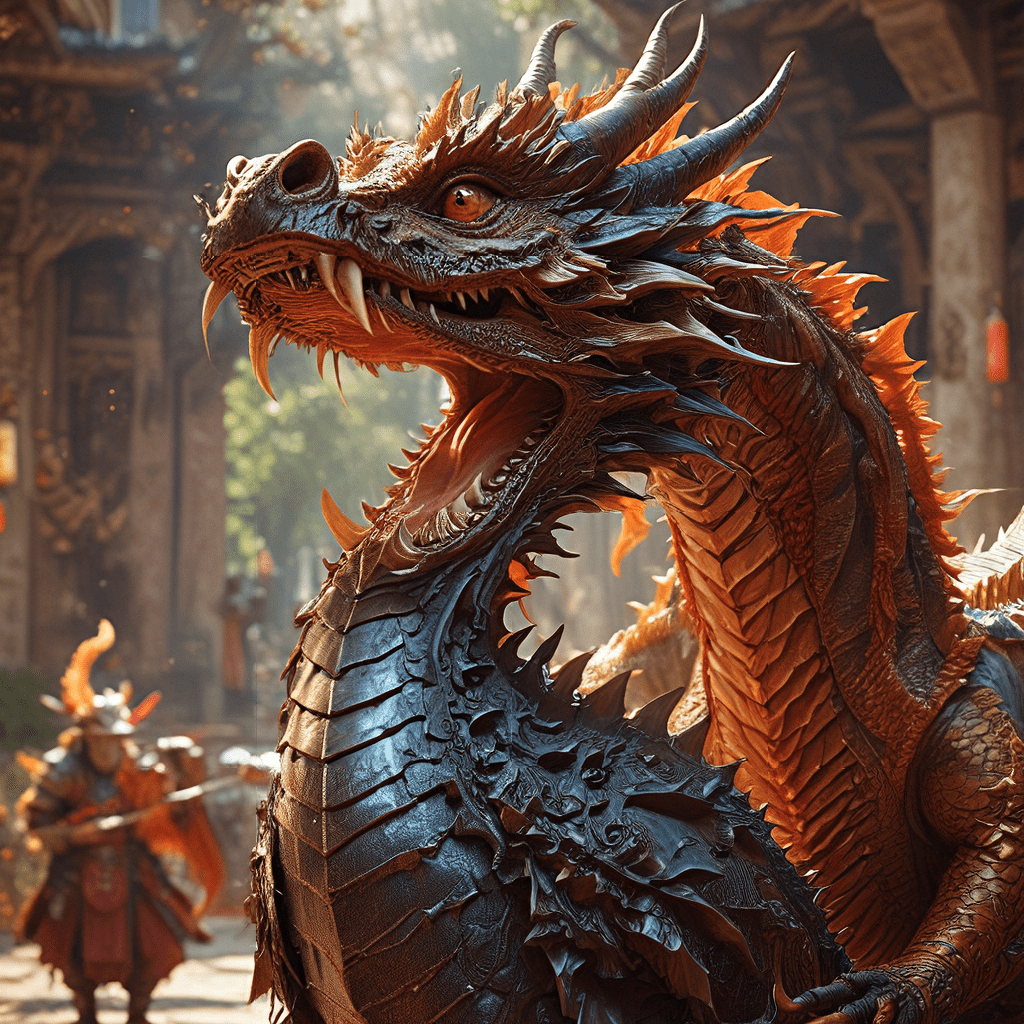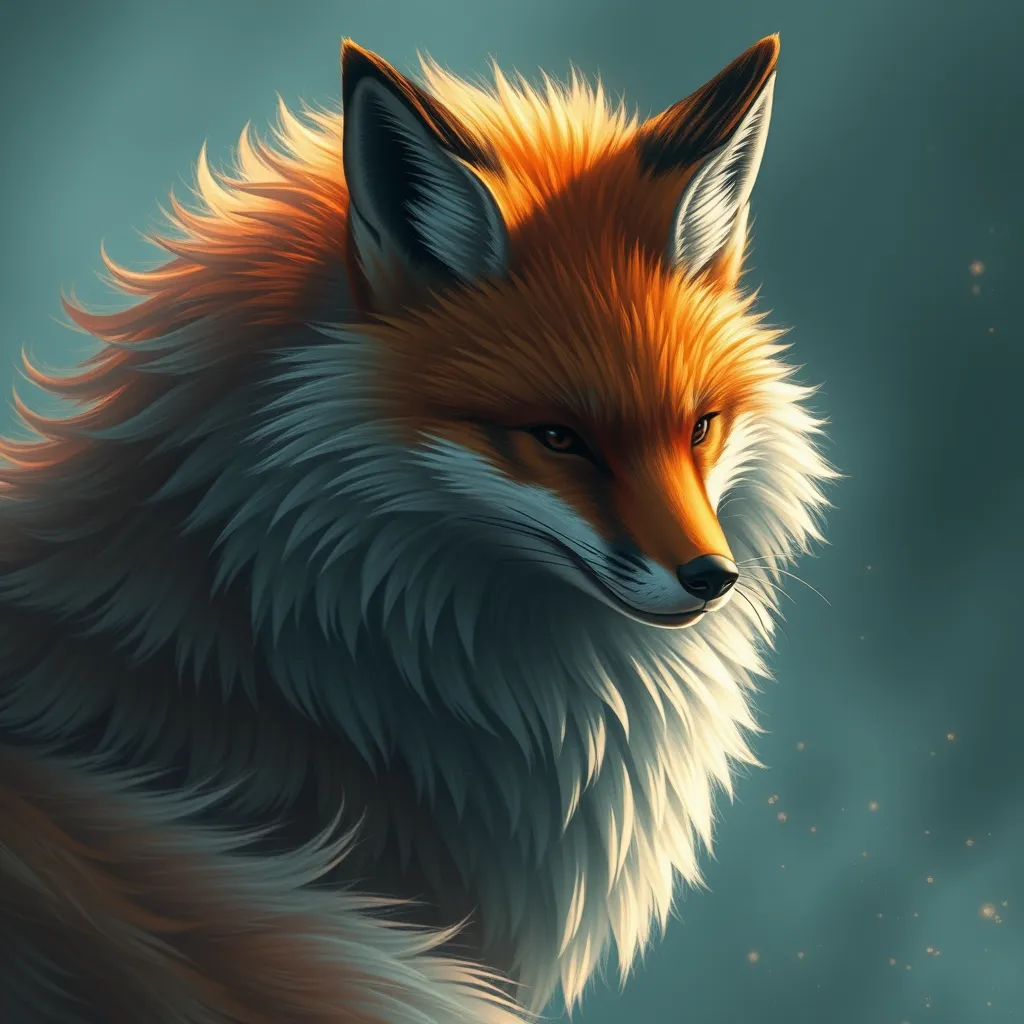The Hydra and the Hero’s Journey: Analyzing the Monster’s Role in the Archetypal Cycle
I. Introduction
The Hero’s Journey is a narrative framework that outlines the typical adventure of a hero as they embark on a quest, face trials, and ultimately achieve transformation. This concept, popularized by Joseph Campbell, has been a fundamental structure in storytelling across cultures and time periods. Within this framework, monsters often serve as significant obstacles that heroes must confront and overcome.
One of the most iconic monsters in mythology is the Hydra, a multi-headed serpent from Greek mythology. Known for its regenerative abilities, the Hydra embodies the challenges and fears that heroes must face in their journeys. This article aims to analyze the role of the Hydra within the Hero’s Journey framework, exploring its significance as a monster and its implications for personal growth and transformation.
II. Understanding the Hero’s Journey
The Hero’s Journey, as defined by Campbell, consists of several stages that a hero typically undergoes:
- The Call to Adventure: The hero is invited to leave their ordinary world.
- Refusal of the Call: They may hesitate or refuse the call initially.
- Meeting the Mentor: The hero encounters a mentor who provides guidance.
- Crossing the Threshold: The hero enters a new world of challenges.
- Tests and Trials: The hero faces various obstacles, including monsters.
- The Return: After achieving their goal, the hero returns transformed.
Monsters play a crucial role in these narratives, often acting as embodiments of the hero’s fears or challenges. Campbell’s work illustrates how these archetypal figures serve not only as physical adversaries but also as symbols of the psychological battles that heroes endure.
III. The Myth of the Hydra
The Hydra, often depicted as a serpent-like creature with multiple heads, originates from Greek mythology. It is most famously associated with the second of Heracles’ Twelve Labors, where Heracles is tasked with slaying the beast. The Hydra is known for its terrifying ability: when one of its heads is cut off, two more grow back in its place.
This regenerative characteristic has led to various interpretations and stories surrounding the creature. The Hydra is not just a challenge to be defeated but also a representation of persistent obstacles and fears that can re-emerge despite our efforts to overcome them. Symbolically, the Hydra can represent:
- Fear of failure or inadequacy
- Unresolved issues that resurface
- The complexity of human emotions and struggles
IV. The Hydra as a Threshold Guardian
In the context of the Hero’s Journey, the Hydra serves as a threshold guardian, representing the significant tests and trials that heroes must face as they progress on their path. Confronting the Hydra forces the hero to engage with their deepest fears and insecurities.
The significance of facing the Hydra lies in:
- Personal Growth: Overcoming such a formidable foe often leads to personal transformation.
- Understanding Resilience: The hero learns that challenges may not be easily vanquished and require ongoing effort.
- Internal Struggles: The Hydra can symbolize internal conflicts that heroes must acknowledge and confront.
V. The Hydra’s Regenerative Abilities: A Symbol of Resilience
The Hydra’s ability to regenerate heads serves as a powerful metaphor for resilience. In life, challenges often reappear in various forms, and the process of overcoming them can be grueling and repetitive.
For heroes, this regenerative quality of the Hydra emphasizes the importance of perseverance. The implications for their journey include:
- Repeated Trials: Heroes must confront their fears multiple times, reflecting the ongoing nature of personal challenges.
- Learning and Adaptation: Each encounter with the Hydra teaches the hero valuable lessons about strategy and resilience.
- Transformation through Struggle: Ultimately, each defeat strengthens the hero, preparing them for future challenges.
VI. Case Studies: Heroes Who Encounter the Hydra
One of the most notable examples of a hero facing the Hydra is Heracles. In his Twelve Labors, slaying the Hydra is a pivotal moment that tests his strength and ingenuity. Heracles learns that brute force alone cannot defeat the creature; he must employ strategy by cauterizing the necks after decapitation to prevent regeneration.
Comparatively, other heroes in different cultures face similar challenges, such as:
- Beowulf: Encounters Grendel, a monstrous foe representing personal and societal fears.
- Frodo Baggins: Faces the temptation of the One Ring, symbolizing internal struggles and moral dilemmas.
These encounters shape the heroes’ development, forcing them to confront not only external monsters but also their internal demons.
VII. The Hydra in Contemporary Narratives
The Hydra continues to inspire modern adaptations in literature and film. In contemporary narratives, the Hydra often symbolizes the complex challenges faced by protagonists, such as:
- Supervillains in comic books: Characters that embody multiple challenges and fears.
- Fantasy films: Creatures that represent personal struggles and moral dilemmas.
This evolving interpretation of the monster archetype highlights the relevance of the Hydra in exploring themes of resilience, growth, and the continuous nature of challenges faced by heroes in today’s world.
VIII. Conclusion
In summary, the Hydra plays a significant role in the Hero’s Journey as a formidable obstacle that encapsulates the essence of struggle and transformation. The enduring nature of monster archetypes like the Hydra reflects the universal human experience of facing fears and overcoming adversity. Heroes, both ancient and modern, illustrate the profound relationship between challenges and personal growth, making the Hydra a timeless symbol in mythology and storytelling.
As we reflect on the lessons from the Hydra’s role in the Hero’s Journey, we are reminded that the monsters we face in our own lives—whether internal or external—are integral to our development and transformation.



